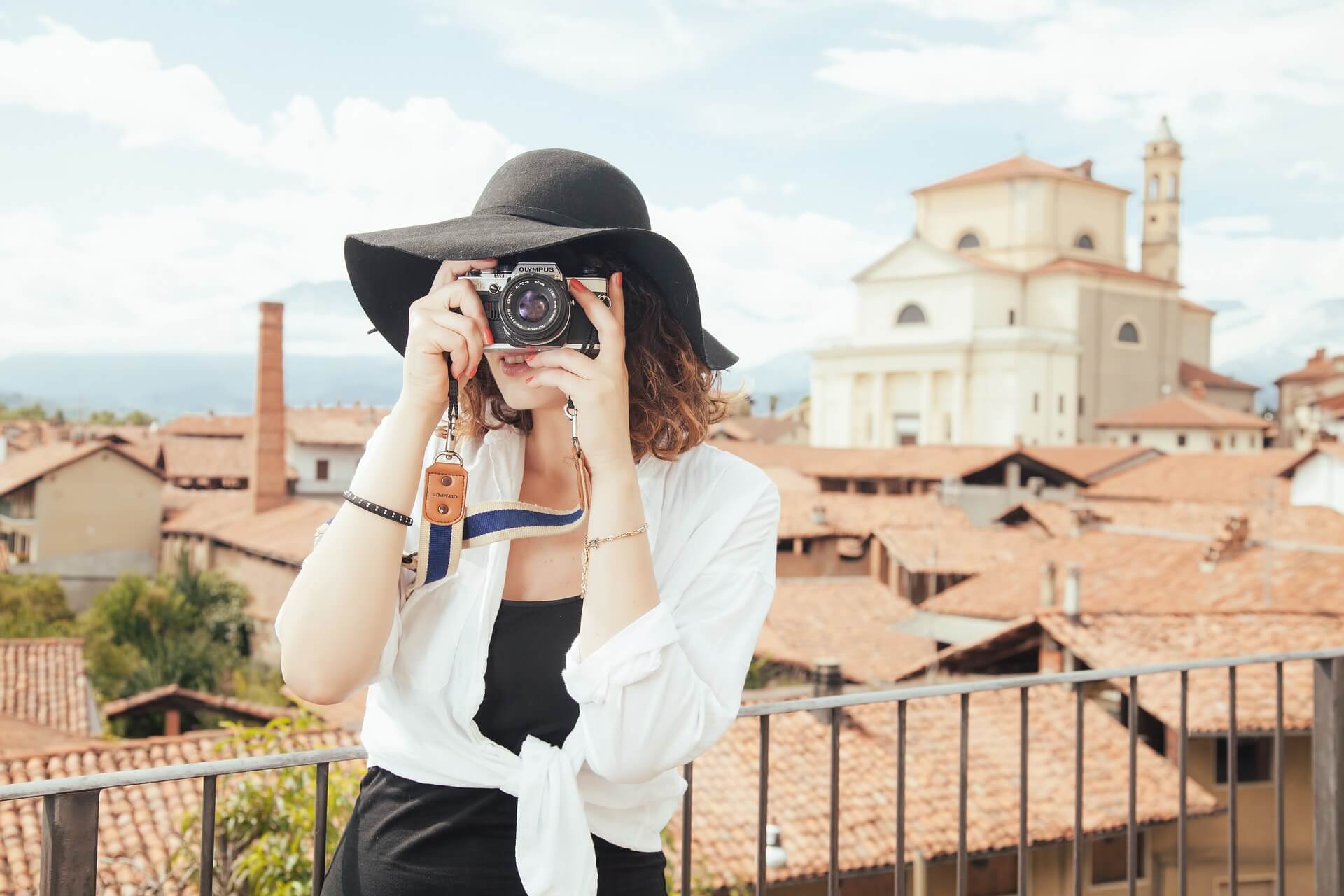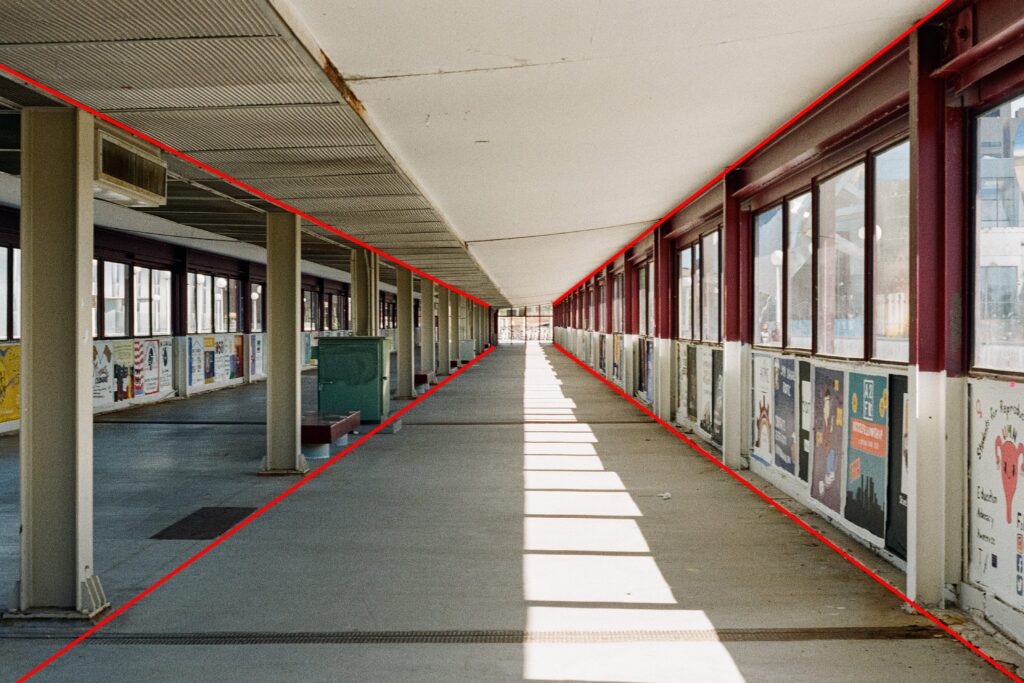Photography could be untrue sometimes, mostly when composition joins!
Why are we so hyped about “composition” in photography? Composition has become the new standard of photography, and I believe no single photographer skips composition while creating 2D moments (photographs). We all own cameras today; if not professional, we still have our smartphones; what say? Even I started with a mobile camera, and I am glad how much “mobile photography” taught me. When I started, I wasn’t aware of the rules and photography standards; I was just clicking what captivated me just the way I wanted! I came across the word “composition” when my uncle talked on the phone and praised my photography! More specifically, he said, “the way you compose your photographs is amazing,” I wondered what composition is, right after the call ended.
Really, I did! The very first thing I googled after that was “composition in photography.” How come I wasn’t aware of this until now, I have been clicking pictures from my own perspective. Well, that’s what composition does in photography! Reveals the photographer’s perspective and tells what to look at and what not to.
Composition in Art
The term “composition” involves not only pictorial arts but also music, dance, literature, and virtually any other kind of art in the universe. The composition plays an influential role in how our art is viewed and experienced by our audience.
Here’s a scenario:
If you’re a musician, you know that music composition is a thing here! Obviously, there’s a structure to a song that makes it stand. Each musician plays a part in creating music, i.e., a piece of art! Apparently, if a musician plays the wrong notes or plays it at the wrong time, the entire song becomes a mess. So in order to craft a piece (art), it required a handful of talent but a bucket full of composition, most importantly. The same goes for other art forms, painting, photography, dance, and literature!
Composition in photography
We all are photographers until real photography begins… I meant composition begins!
Ansel Adams said it right… “You don’t take a photograph; you make it.”
Composition literally means ‘putting together,’ and when it comes to art, you put together all the elements to craft a piece of art! Composition is a visual structure of the image you intend to click! This is how the elements of a photograph are arranged entirely. A composition in photography can be made using many different elements. It is basically an arrangement of how the artist puts things within a frame to help a photograph become more attractive to the viewers. A good picture takes many different details and combines them into a whole to make it aesthetically pleasing. I can say composition is how an artist (photographer) tells a story through the periphery of a single frame.

Why does composition matter?
Composing an image or photograph means arranging elements within the frame to reflect your perspective’s essence or goal successfully. Arranging elements within a frame can be done by moving the objects or subjects. An excellent example could be portrait or still photography, where you can tell your subject to move in order to get the exact picture in your head. Yes, exactly, you make a picture in your head, later frame it in real, and then, “click!” This is how you make a photograph!
However, street photography involves uncertainty since, being a photographer, you don’t choose to move the subjects yourself but wait for them to be in the most suitable position within the frame. Furthermore, you can simply change your position to arrange elements the way you want!
Composition is a manner of guiding the observer’s eye towards the most important aspects of your art. A poor composition can ruin a photograph completely, no matter how interesting the subjects and objects are! Regardless, a good composition can make a masterpiece even with the most insipid objects and subjects.
So, how can you master composition?
No one is master by birth; we all learn through practice, experience, and, so important, “mistakes.” You might have made mistakes but learned double from those. Well, now is the time to master the essential component of photography, i.e., composition. Here are the general rules of composition you can follow to be on the path to better photography:
Rule of Thirds always serves!
When you begin photography, there is no better place to start than the rule of thirds, a classic composition technique of photography. There are chances you aren’t aware of the term, but I am pretty sure you’ve seen it. Yes, you have; your smartphone has a rule of thirds grid overlay that 3×3 grid with equal size rectangles; for what? Of course, to guide you through the basics of photography! Formed by four lines, the rule of thirds has two vertical and two horizontal lines placed at an equal distance from each other in order to divide the frame into thirds.
Leading Lines to define!
While clicking, you must take advantage of the structures and the lines of natural landscapes. Leading lines provide centered and symmetrical photography composition; to help the viewer focus on the subject or object, you have clicked. Leading lines in your image basically converge towards your subject, which adds symmetry and depth to a photograph. Railway tracks, street lines, sidewalks, roads, buildings, and paving stones are most often taken as leading lines, but there’s no limit; you can find them anywhere. All you need is an eye to visualize those invisible lines in your head! See the picture shown below.

Create Depth to show your best!
As photographs are always 2D (two-dimensional), it’s essential to add a feeling of depth to the composition, so it doesn’t seem flat. You cover the foreground, middle ground, and background in the frame when you shoot landscapes. When your subject is more focused, the image seems more realistic. Focus and DOF (depth of field) adds an illusion of 3D (third dimension within a photograph. Shallow depth of field can immediately give the onlooker a look of depth and scale, even in flat pictures. It’s a win!
Frame Within the Frame brings fame!
Framing in photography works the same way it works for a beautiful work of art on your wall. Using a frame as an element within your composition focuses on the main subject of your photography and highlights it effectively. A frame could be tree branches, archways, window frames, or even human hands. Feel free to use the frames within your frame! Below here is an example:
Symmetry & Pattern; always supernatural!
Symmetry: something that is precisely the same on both sides! Symmetry always gladdens the human eye no matter what the context is! Shots that fill the frame with repeating patterns (a queue of trees, a row of windows, or a row of multicolored tiles) are always impactful and visually engaging. And when it comes to photography, it can work flawlessly as long as you use it smartly.
These are the basic rules of composition; there are many other millennial ways you can contribute to good photographs. Emotions, Structures, Color contrast, Rule of odds, Rule of space, Shape and Negative space, try them all; It’s time to break the wall

Final thoughts
Being an artist means you are not bound to make art within limits, you break the rules, and you make your own rules! Remember that you are only supposed to break the rules if you have already learned the standard rules of composition in photography.
Just suggesting…
These are basically the guidelines you can use to walk on the path of photography; once you have mastered it, you can violate them with other concepts to make your own piece of art. Good luck! Want to learn more about photography? Write to us; we would love to hear from you! Good luck, keep clicking and keep learning!



